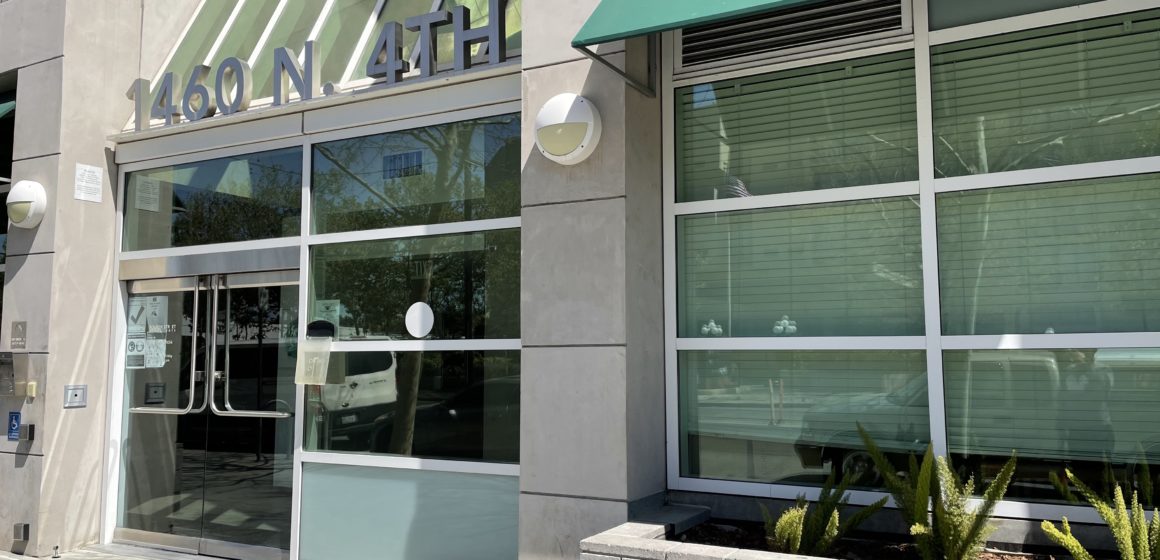San Jose’s recent Assessment of Fair Housing report highlights the depth of racial segregation in the city. “The challenge is how do we integrate these spaces, and not whether or not they should be integrated,” said Mathew Reed, Policy Manager at housing advocacy nonprofit SV@Home. “We have a moral foundation and a common interest in these outcomes.” Cities now have a legal imperative as well under California’s 2016 Affirmatively Furthering Fair Housing law. SV@Home invited San Jose Housing Director Jacky Morales-Ferrand and Josh Ishimatsu, senior development officer of the housing department’s policy group, to discuss the city’s rules for locating affordable housing projects during the July HAC. View the event recording here.
BY: Sonya Herrera┃San Jose Spotlight
PUBLISHED: July 25, 2021
Housing in San Jose is racially segregated, and it’s not going to be easy figuring out how to integrate it.
“The challenge is how do we integrate these spaces, and not whether or not they should be integrated,” said Mathew Reed, policy manager at housing advocacy nonprofit SV@Home. “We have a moral foundation and a common interest in these outcomes.”
SV@Home invited San Jose Housing Director Jacky Morales-Ferrand and Josh Ishimatsu, senior development officer of the housing department’s policy group, to discuss the city’s rules for locating affordable housing projects during a panel on Friday.
San Jose unveiled its affordable housing siting policy in May, detailing how the city should fund projects across different neighborhoods. The policy prioritizes funding for housing in areas with low levels of poverty and crime, as well as affluent areas that currently host a small percentage of affordable units.
Shortly after the policy was released, an Assessment of Fair Housing report came out that highlighted the depth of racial segregation in the city. The report shows that residents living west of Highway 101 tend to be white, while residents living east of 101 tend to be Latino and Asian.
Ishimatsu said the roots of San Jose’s segregation, like many cities across the U.S., lie in federal housing policy. The federal housing administration used to deny financing for projects that were racially integrated.
“Conditions in the use of capital were explicitly racist,” Ishimatsu said. “It created a new middle class for the country, and it left certain people out.”

Ishimatsu said part of the purpose of the city’s affordable housing siting policy is to help individuals and families live where they want, including in affluent areas close to jobs and better schools.
More than 80 residents tuned in to the hour-long discussion, during which Reed attempted to parse through questions from the audience.
Jaime Alvarado, co-chair of Alum Rock Urban Village Advocates, said the new siting policy could result in the city pulling investment from communities with high rates of crime and poverty.
“How can the city ‘increase investments in underserved communities’ by disinvesting in so-called ‘high-crime, high-poverty’ communities?” Alvarado asked. “The proposed siting policy will limit East Side investments that we badly need.”
Morales-Ferrand said San Jose is not trying to disinvest in lower-income areas. Rather, the city is trying to increase opportunities for children living in affordable housing projects.
“(By) having more of our affordable housing in these category three neighborhoods, are we in fact limiting choice, because there’s no (chance) to be in these higher-opportunity areas?” Morales-Ferrand asked.
She related her personal experience of growing up in an immigrant household that was unfamiliar with the U.S. education system. When her family moved to a higher-income area, she attended a high school where more students expected to attend college, increasing the likelihood that she herself would apply.
“Being in an area where there are different expectations can make a huge difference to your outcomes,” she said. “How much is that worth? We’ll find out.”
The housing director added that prioritizing affordable housing in affluent areas could prove too costly of a strategy to implement for longer than the policy’s pilot year.
“We don’t really know how much the price differential will be,” Morales-Ferrand said. “How much more are we willing to pay in order to give this tremendous opportunity?”
Some attendees supported the idea of investing more to put affordable housing in higher-income areas.
“Yes, pay extra to get more in category one,” said Sonya Lu, referring to the most affluent tier of neighborhoods in which to locate affordable housing. “The goal is to have access to affordable housing throughout San Jose, not just in lower-income areas.”
Christine Fitzgerald, a community advocate with the Silicon Valley Independent Living Center, said residents with disabilities should be considered when deciding where to locate affordable housing.
“Disabilities across all racial and ethnic groups–this too should be recognized when looking at affordability and placement,” Fitzgerald said.
The San Jose City Council will discuss the affordable housing siting policy next month.

